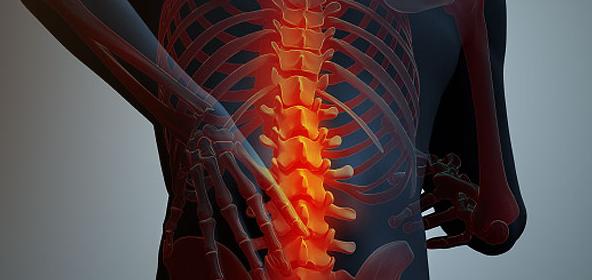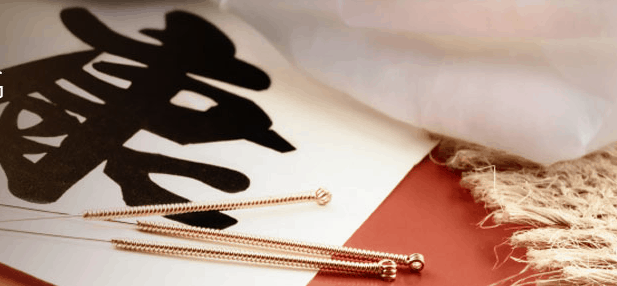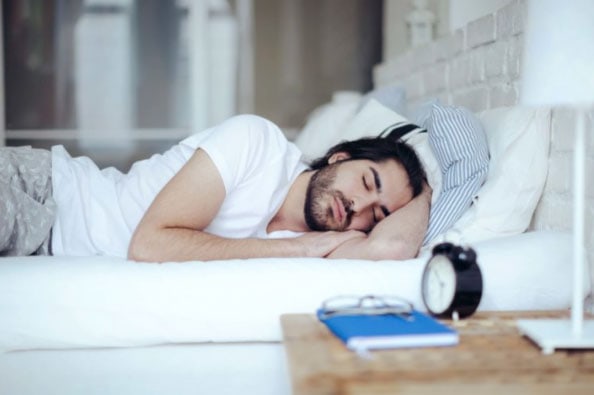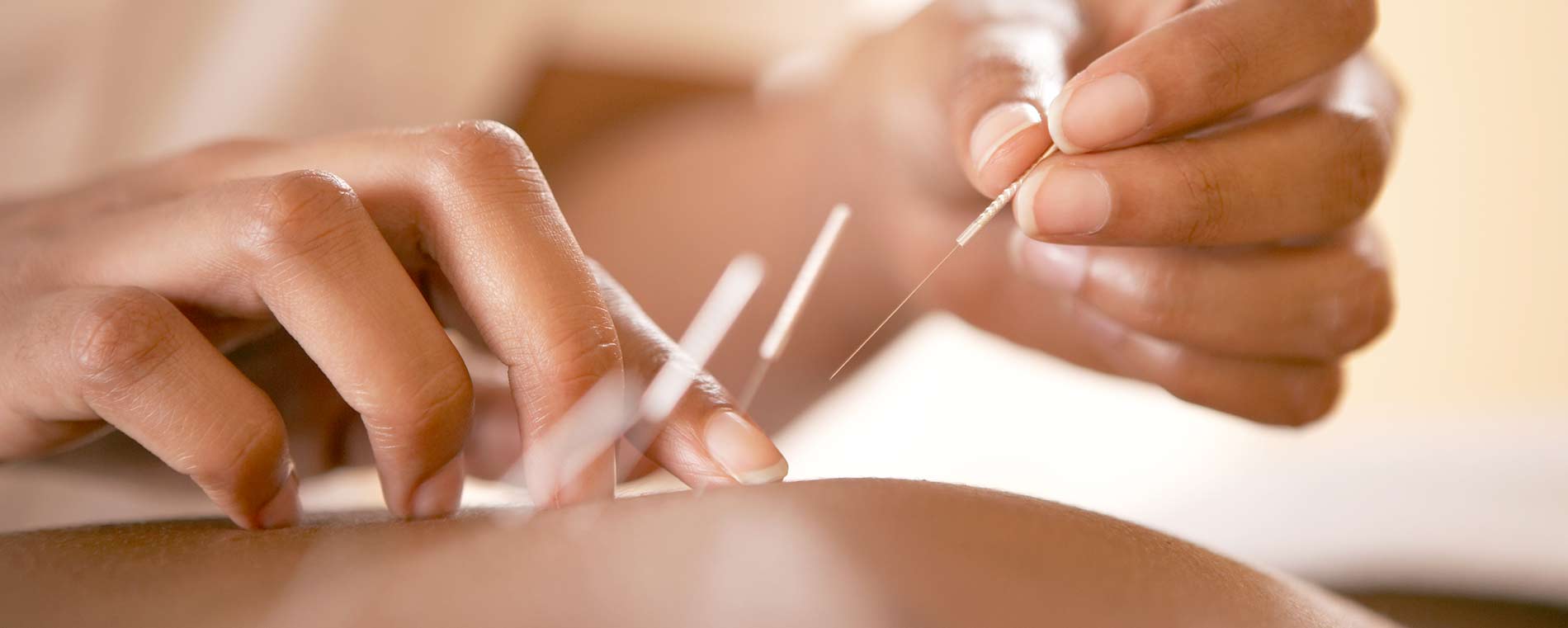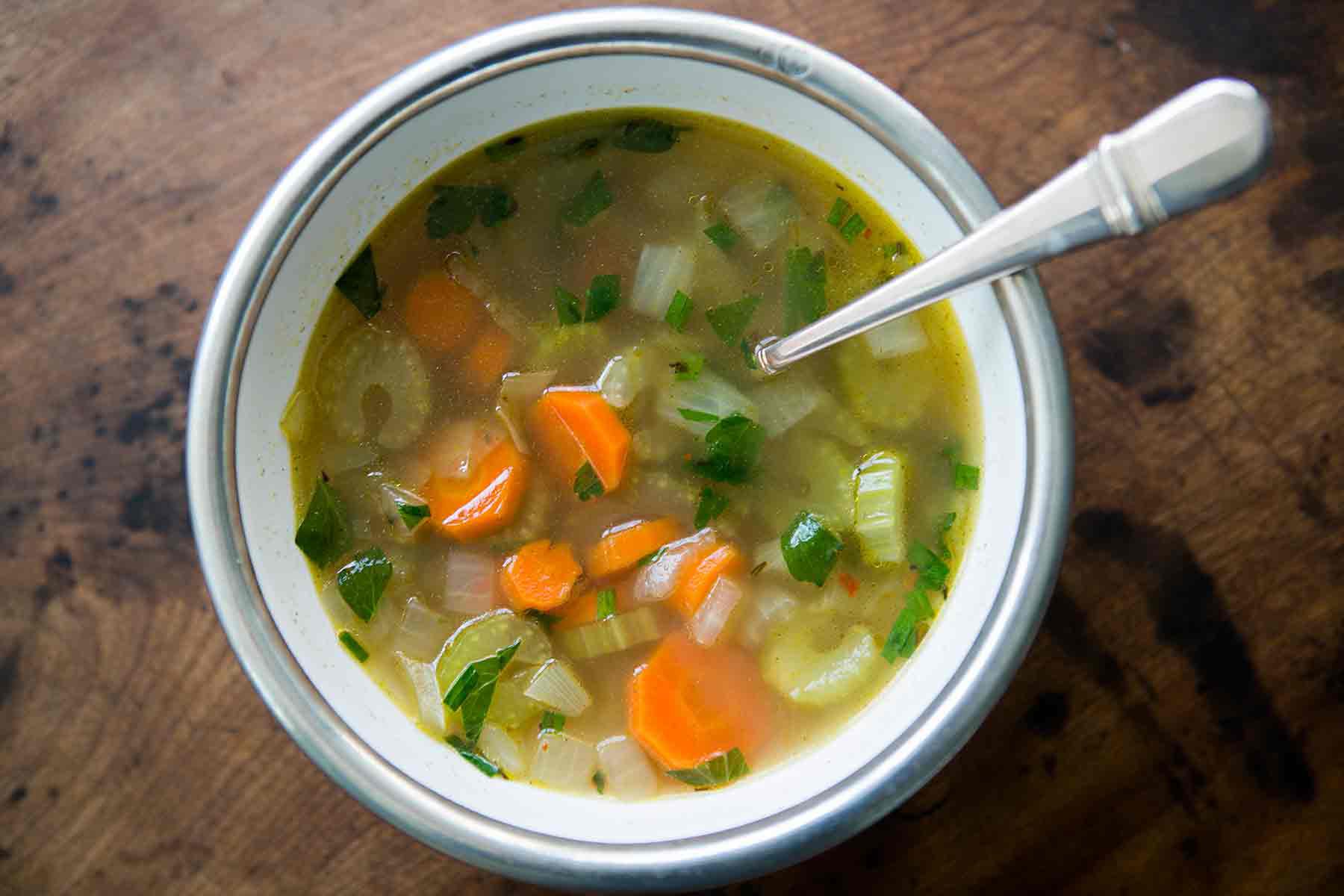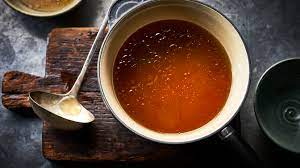Recovery after training and competition allows athletes to return to their normal physiological and psychological state as rapidly as possible. Various techniques are employed by athletes so that performance in their next competition or training session will not be unduly compromised by muscle soreness and/or fatigue. The term “sports recovery” used to mean, simply, rest. It was a passive notion of things athletes were NOT doing following training and exercise. Now, sports recovery is a term we understand as deliberate, active rituals and services to help aid it, i.e. what people ARE doing.
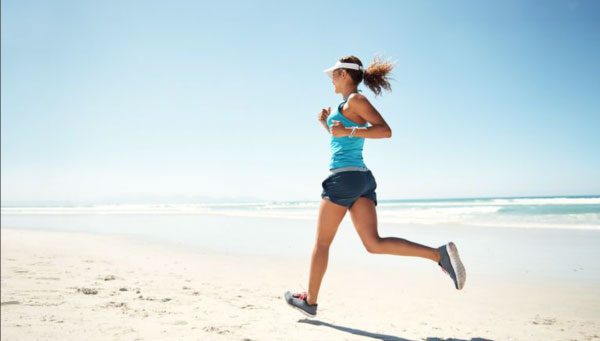
From ice to cryotherapy, massage to foam rolling, what actually works in the sometimes contradictory world of sports recovery and what does science really say about how to best optimise our muscle recovery after working out?
Ice and Cryotherapy
Cryotherapy, sometimes known as cold therapy, is the local or general use of low temperatures in medical therapy. Like the use of ice, the idea behind its therapeutic claim is that it reduces muscle inflammation and promotes faster healing of athletic injuries. However, there is no convincing evidence which shows that cryotherapy is useful, but rather a wave of strong, new research emerging which shows that our traditional RICE method (rest, ice, compression, elevation) for management of injury and promotion of muscle repair actually doesn’t assist in muscle adaptation and recovery. The application of ice is used to reduce inflammation but research shows that inflammation is part of a proper and effective recovery process, therefore stopping inflammation is counterproductive to an appropriate muscle repair response. This also applies to the use of non-steroidal anti-inflammatory drugs. Their mechanism is to stop inflammation which therefore impairs healing, halting the body’s own recovery response. NSAIDs have their place, but they are drugs which should be taken mindfully and not just used as a go-to.
Massage
There is a belief that massage helps flush lactic acid and that’s why it is beneficial in sports recovery. However, this is not the case. Lactic acid clears very quickly after working out, and it’s also not what makes athletes sore. Although there is limited research indicating that massage specifically benefits muscle recovery, what it does assist with is pain, relaxation and allowing the athlete to develop body awareness. Massage causes the release of feel-good hormones such as endorphins, which are our body’s natural pain killers. In addition, massage induces parasympathetic states, which puts your body into relaxation mode. Your parasympathetic nervous system slows heart and breathing rates, stimulates muscle recovery, and encourages deeper, more restorative sleep.
Foam Rolling
Foam rolling studies indicate that foam rolling on one leg shows benefit on the other leg, so there is preliminary evidence that it could be useful in muscle recovery, and even more interesting is that it can be used on one limb to affect the other.
What does research show to be the best tool for sports recovery?
SLEEP! Sleep is actually our most potent tool for sports recovery, more than any other service or product out there. Most people think of sleep as something they can check off to energize them and make them less tired, but sleep plays a crucial role in a staggering amount of internal physiological processes, one of them being muscle repair. Athletes need to make sleep as important as their training. What is most fascinating is that research shows that the biggest measure of recovery is mood!
Click here for a more in depth look at the science behind muscle recovery.

